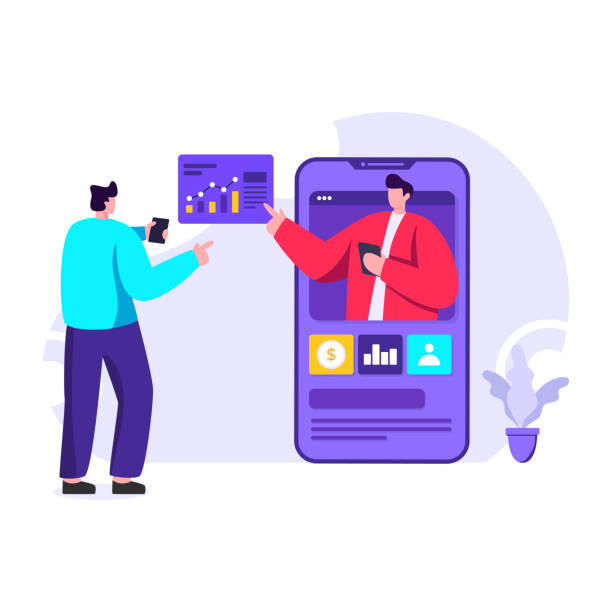Introduction and the Importance of User-Friendly Website Design
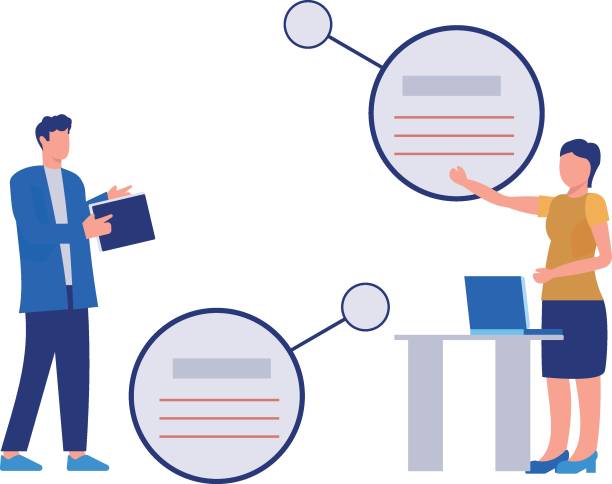
In today’s digital world, having a website doesn’t just mean having an online presence; rather, the quality of this presence and the degree of user interaction with it are of paramount importance. This is where the concept of #User_Friendly_Website_Design comes into play.
A user-friendly website is one that users can easily navigate, find the information they need, and have a pleasant experience using.
This not only leads to user satisfaction but also directly impacts your conversion rate, brand credibility, and even your website’s SEO.
Today, competition in the web space is very high, and users no longer have the patience to deal with complex or unusable websites. User-friendly website design is no longer a competitive advantage, but an undeniable necessity.
This emphasizes #User_Experience (UX) and #User_Interface (UI), and its ultimate goal is to create a #Smooth_User_Journey.
In this educational and explanatory article, we will delve into the principles and foundations of user-friendly website design so that you can provide the best possible experience for your visitors and thereby achieve your online business goals.
This is the first step on your journey towards a successful and sustainable digital presence.
Did you know that 94% of a company’s first impression relates to its website design?
RasaWeb, by offering professional corporate website design services, helps you create the best first impression.
✅ Create a professional and trustworthy image of your brand
✅ Easier attraction of potential customers and improved online standing
⚡ Get a free consultation on corporate website design
Basic Principles of User Experience (UX) in Website Design
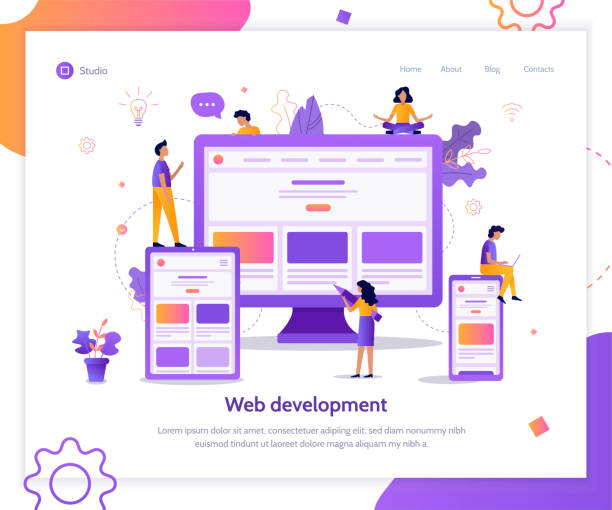
User Experience (UX) goes beyond the visual appearance of a site; this concept refers to the user’s overall feeling when using a website. A strong UX design means that your site should be functional, accessible, and enjoyable for the user.
Key principles in this area include Usability, Findability, and Desirability.
Usability means that users can perform their tasks without much effort; Findability ensures that content and features are easily discoverable; and Desirability encourages users to return and reuse the site.
One of the important points in user-friendly website design, is a precise understanding of the target users’ needs and behaviors. This is typically done through user research, such as interviews, surveys, and behavioral data analysis.
Then, based on this information, one can create User Personas and User Scenarios so that the design process is shaped according to real needs.
A site with excellent UX not only meets user needs but also instills a sense of comfort and trust in them.
This specialized section guides you on how to lay the foundations of a user-centric website design by focusing on these principles.
User Interface (UI) and its Role in Website Appeal
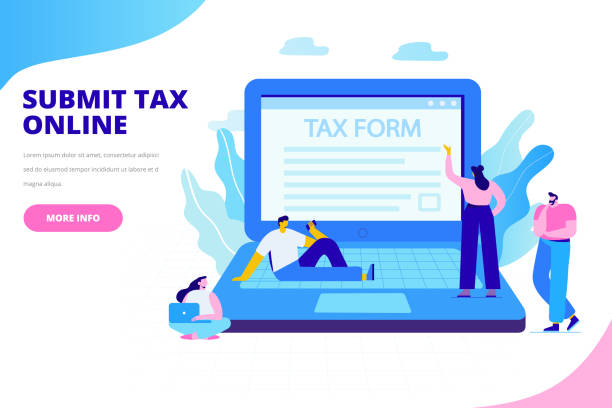
While UX deals with the overall feel and function, User Interface (UI) pertains to the visual appearance and interactive elements of a website.
UI includes everything the user sees and interacts with, such as buttons, icons, forms, typography, color palette, and layout. A beautiful and consistent UI not only makes the site visually appealing but also significantly contributes to improving UX.
Designing an effective UI requires attention to detail.
Choosing appropriate fonts with high readability, optimal use of white space to prevent clutter, and selecting colors that match your brand identity while providing sufficient contrast for readability, are among these details.
Also, Consistency in design is very important; buttons and interactive elements should look uniform throughout the site and behave consistently to prevent user confusion.
In the discussion of user-friendly website design, UI plays a vital role in initial attraction and user retention.
An attractive and visual user interface can be the first step in creating a lasting user experience.
Below, an analytical table comparing some UI principles with their importance in user experience is presented:
| UI Principle | Explanation | Impact on User Experience |
|---|---|---|
| Simplicity and Clarity | Eliminating unnecessary elements, clear messaging | Reduced cognitive load, easier navigation |
| Consistency | Using uniform patterns and elements | Increased learnability, sense of familiarity |
| Feedback | Informing the user about status | Increased trust, prevention of ambiguity |
| Accessibility | Designing for all users, including those with disabilities | Expanded audience reach, adherence to human principles |
The Importance of Loading Speed and Responsiveness
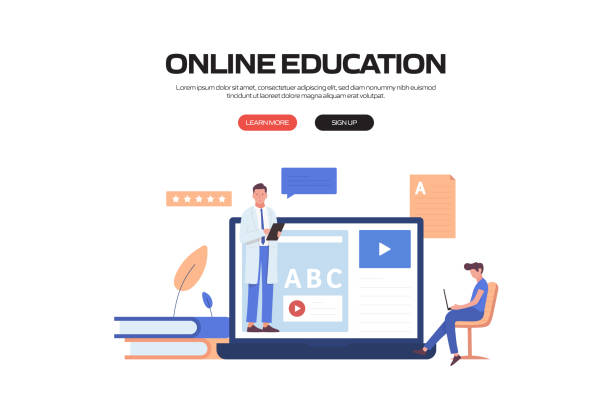
In the present era, users expect websites to load quickly and without delay.
Every second of delay in loading can lead to losing users and reducing the conversion rate. Numerous studies have shown that most users abandon a web page if it does not load within 3 seconds.
Therefore, optimizing loading speed is a critical component of user-friendly website design.
This optimization includes compressing images, using browser caching, minimizing CSS and JavaScript codes, and choosing powerful hosting.
In addition to speed, Responsive Design is also of particular importance.
With the increasing use of mobile devices and tablets for internet access, your website must be able to automatically adapt to different screen sizes and resolutions.
A responsive site ensures that users, regardless of the device they use, have an optimal experience without the need for zooming or horizontal scrolling.
Google also gives higher scores to responsive websites in search results rankings, which itself indicates the importance of this feature in improving user experience and SEO. This analytical and guiding section clarifies the technical importance of these two factors in the ultimate success of a user-centric website and provides solutions for optimizing them.
Does your company’s website perform as it should for your brand? In today’s competitive world, your website is your most important online tool. RasaWeb, specializing in professional corporate website design, helps you to:
✅ Gain credibility and customer trust
✅ Convert website visitors into customers
⚡ Get a free consultation!
User-Friendly Navigation and Information Architecture

One of the biggest challenges in website design is ensuring that users can easily find what they are looking for.
This is where Navigation and Information Architecture (IA) come into play.
Good navigation means there are clear and logical paths to move around the site.
Menus should be clear, concise, and predictable.
Using distinct titles, relevant internal links, and a logical hierarchical structure are among the key principles in this area.
Information Architecture refers to how content in a website is organized, structured, and labeled so that users can easily understand and find information.
This process includes grouping content, designing navigation systems, and determining appropriate labels for categories and pages.
Poor information architecture can confuse users and prevent them from achieving their goals, while strong IA significantly improves the user experience. For user-friendly website design, you must ensure that every visitor, from the moment they enter the site, easily understands where they are on the site and how they can reach their desired destination.
Using Sitemaps and Breadcrumbs can help users understand their position on the site.
This is an important educational and guiding section for anyone who wants to design a highly usable website.
Content is King: User-Centric Content

Content is the heart of any website.
But for a website to be truly user-friendly, its content must also be User-Centric. User-centric content means producing information that directly answers the needs, questions, and interests of the target audience.
This includes not only text but also images, videos, infographics, and any other type of media that helps convey the message.
To create user-centric content, you need to conduct in-depth research about your audience. What questions do they have? What problems are they trying to solve? What kind of information is engaging and useful to them? Answering these questions helps you write content that is not only informative but also connects well with the user.
The language of the content should be simple, clear, and understandable.
Avoid complex jargon that may be unfamiliar to the general audience.
Using engaging headings, short paragraphs, bulleted lists, and relevant images can significantly increase content readability.
High-quality, user-friendly content also plays an important role in SEO; search engines give higher scores to websites that provide valuable content relevant to user needs.
This explanatory and guiding section shows you how to produce content that complements your overall user-friendly website design by focusing on user needs and makes it a reliable and engaging resource.
SEO and User-Friendly Website Design: A Close Connection
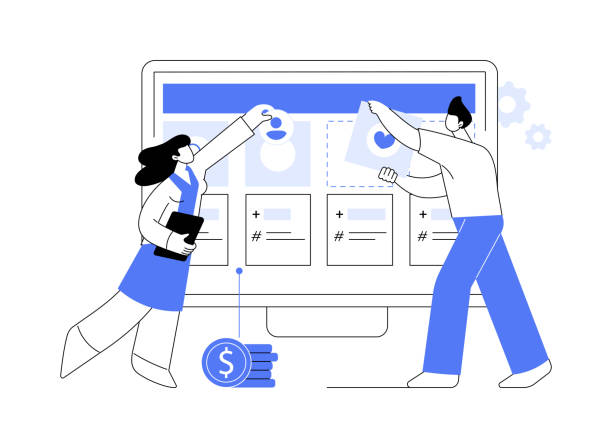
Many people view SEO and website design as two separate areas, but the truth is that these two concepts are deeply intertwined in the current era. An SEO-optimized site that is not user-friendly will eventually lose its users, and a user-friendly site that is not SEO-optimized may never be seen by its audience.
Search engines, especially Google, have adjusted their algorithms to consider user experience as an important ranking factor.
Factors such as page loading speed, responsiveness, easy navigation, quality content, and user dwell time on the site, all of which are components of user-friendly website design, directly affect your SEO ranking.
When users have a positive experience on your site and spend more time on it, this sends a positive signal to search engines that your site is relevant and valuable.
On the other hand, a high Bounce Rate or quickly leaving the site can be considered a negative signal.
Therefore, investing in a website design with an excellent user experience is not only beneficial for your users but also directly helps improve your ranking in search results. This analytical section shows you how a comprehensive approach to web design can satisfy both users and search engines.
The table below briefly describes the impact of some UX/UI elements on SEO:
| UX/UI Element | Impact on SEO | Related Metric |
|---|---|---|
| Loading Speed | Direct ranking factor | Core Web Vitals (LCP, FID, CLS) |
| Responsiveness | Mobile ranking, mobile-first indexing | Mobile-Friendliness Test |
| Easy Navigation | Reduced bounce rate, increased dwell time | Bounce Rate, Average Session Duration |
| Quality Content | Increased Authority and keyword rankings | Traffic, Keyword Rankings, Backlinks |
Continuous Testing and Optimization
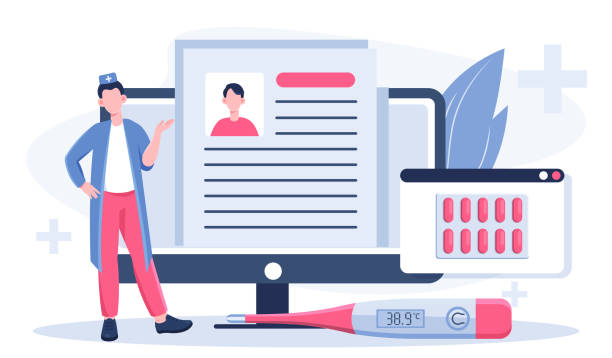
User-friendly website design is not a one-time process, but a continuous cycle of testing, analysis, and optimization. Even after the initial launch of the website, it is necessary to regularly review and improve its performance from the user’s perspective.
Tools such as Google Analytics, Heatmaps, and Session Recordings can provide valuable insights into user behavior on your site.
A/B testing is also a powerful method for optimization. With this method, you can show two different versions of a page or element to different groups of users and see which version performs better.
For example, you can test two versions of a Call-to-Action button and see which one has a higher click-through rate.
User feedback is also of paramount importance. You can use feedback forms, surveys, or even direct interviews with users to gather their insights.
This information helps you identify the strengths and weaknesses of your design and make the necessary improvements.
Continuous optimization not only improves the user experience but also helps you keep pace with changes in user expectations and technological trends.
This is an educational and guiding process that helps you keep your website fresh and efficient.
Does your current corporate website present a worthy image of your brand and attract new customers?
If not, turn this challenge into an opportunity with RasaWeb’s professional corporate website design services.
✅ Dramatically improves your brand’s credibility and image.
✅ Paves the way for attracting new leads and customers.
⚡ For free and expert consultation, contact RasaWeb now!
Challenges and Future Trends in User-Friendly Design
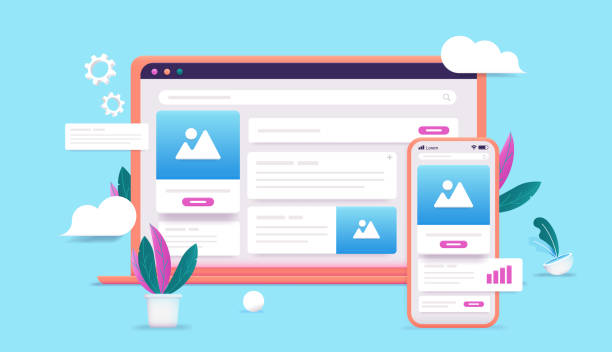
With rapid technological advancements, the world of website design is constantly evolving. These changes both create opportunities for improving user experience and pose new challenges for designers and developers.
One of the future trends is the increasing use of Artificial Intelligence (AI) and Machine Learning in personalizing the user experience.
These technologies can analyze user behavior and adapt content and site layout in a way that is unique and relevant to each individual.
Another challenge is the increasing user expectations for Voice User Interfaces and Augmented Reality on websites.
Designers must be ready to implement these new interfaces in their user-centric sites.
Furthermore, concerns about data privacy and cybersecurity are also growing, and designs must be created with a “Privacy by Design” approach from the outset.
Also, the importance of Accessibility for people with various disabilities is growing day by day.
Designing a website that is usable for everyone is not only an ethical imperative but also a legal necessity in many countries.
This informative and thought-provoking section helps you stay updated on the latest developments and challenges in user-friendly website design and prepare yourself for the future.
Conclusion and Next Steps for a Successful Website

Ultimately, user-friendly website design is the backbone of any successful online presence. From user experience and user interface to loading speed, responsiveness, logical navigation, user-centric content, and synergy with SEO, each of these elements plays a vital role in creating a website that not only attracts audiences but also retains them and brings them closer to your business goals.
Remember that the journey towards a fully user-friendly website is a continuous process. The digital market, technologies, and user expectations are constantly evolving.
Therefore, it is necessary to continuously monitor, test, and optimize your site.
Listen to user feedback, analyze analytical data, and stay informed about the latest industry trends.
Your next steps to ensure a user-friendly website design could include: performing a complete UX/UI audit on your current site, investing in advanced analytical tools, planning for regular A/B tests, and continuous training for your team on design best practices.
By adopting this comprehensive approach, you can ensure that your website remains a valuable asset and a powerful tool for your business growth, not only today but also in the future.
This is a comprehensive and explanatory guide that provides you with key takeaways and next steps.
Frequently Asked Questions
And other services of RasaWeb Advertising Agency in the field of advertising
Smart Marketing Automation: A novel service for increasing customer behavior analysis through attractive UI design.
Smart Google Ads: Designed for businesses looking to manage campaigns through SEO-driven content strategy.
Smart Link Building: Professional optimization to increase website traffic using intelligent data analysis.
Smart Sales Automation: An effective tool for campaign management by optimizing key pages.
Smart Custom Software: An effective tool to increase sales by customizing the user experience.
And over hundreds of other services in the field of internet advertising, advertising consultation, and organizational solutions
Internet Advertising | Advertising Strategy | Advertorial
Resources
Comprehensive Guide to User-Friendly Website DesignWebsite Design GuidePrinciples of Website DesignSuccessful Website Design
? Is your business ready to leap forward in the digital world? RasaWeb Digital Marketing Agency, by offering specialized services including SEO-optimized website design and comprehensive online marketing strategies, paves the way for your growth and visibility. With us, have a powerful online presence.
📍 Tehran, Mirdamad Street, next to Bank Markazi, Southern Kazeroon Alley, Ramin Alley, No. 6

